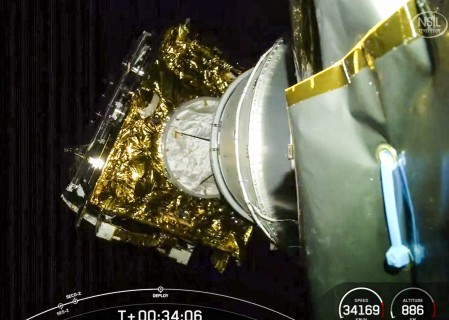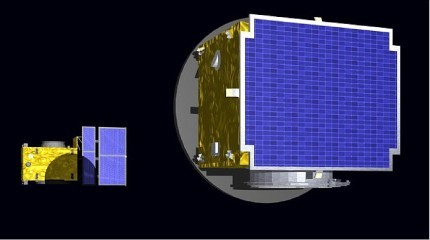
WASHINGTON (PTI): Giant galaxies that contain billions of stars are born in much the same way as delicate snowflakes, a new research has revealed.
An international team, led by Swinburne University of Technology, has provided the first direct evidence to support a theory of galaxy formation that he has likened to the birth of a snowflake.
Researchers analysed data from three different telescopes in order to help confirm this galaxy formation theory proposed last year by German astronomer Ludwig Oser and his colleagues.
"What we've found is that galaxies form in two phases. Firstly, an inner region of stars is formed from collapsing gas. This region then acts as a core, or 'seed', around which the galaxy grows as the result of stars which are acquired from other smaller galaxies," Prof Duncan Forbes, who led the team, said.
Team member Prof Jean Brodie of the University of California said, "Our work provides some of the best evidence for this inside-out build up of giant galaxies."
What intrigued the astronomers was the similarity between this inside-out process for giant galaxy formation and the way that snowflakes are formed.
"Snowflake formation requires a 'seed' to get it started. In the case of snowflakes, that 'seed' is a microscopic dust grain. Having a core from which to build upon is comparable to the formation of a giant galaxy.
"Then, in much the same way as water vapour accumulates to grow the snowflake, small galaxies and their stars are accreted onto the galaxy core," Forbes said.
The researchers have, in fact, based their conclusions on observations of the massive elliptical galaxy NGC1407, one of the largest galaxies in the southern skies with over 10 billion stars.
They made their observations using two giant telescopes in Hawaii -- the 8.2 metre Subaru and the 10 metre Keck, the largest optical telescope in the world. They also included data collected from the Hubble Space Telescope.
"Our data came from three of the world's premier telescopes, and in each case it supported the 'snowflake theory' of galaxy formation. This means we can be very confident in our findings," Forbes said.
The findings are to be published in the 'Monthly Notices of the Royal Astronomical Society'.
 Previous Article
Previous Article Next Article
Next Article











The Indian Air Force, in its flight trials evaluation report submitted before the Defence Ministry l..
view articleAn insight into the Medium Multi-Role Combat Aircraft competition...
view articleSky enthusiasts can now spot the International Space Station (ISS) commanded by Indian-American astr..
view article